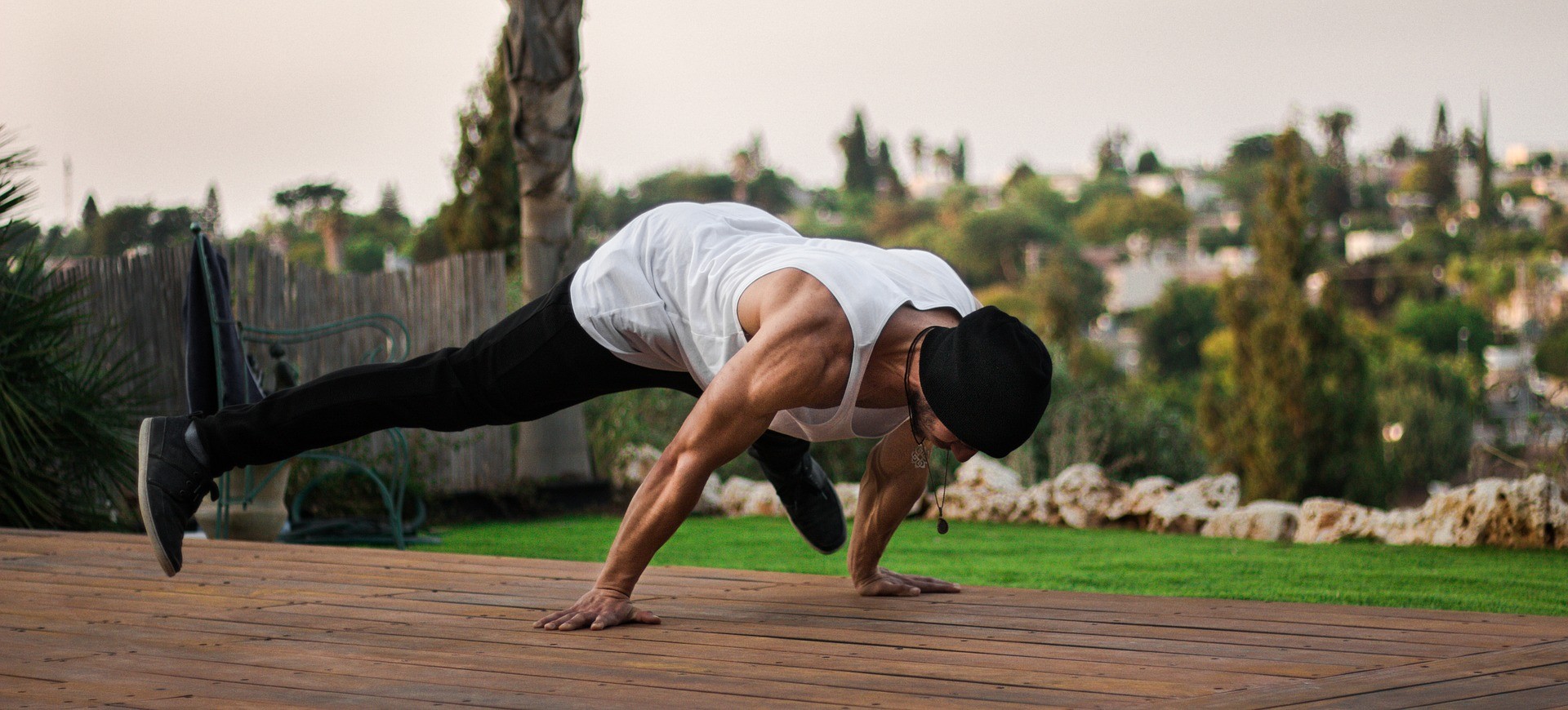If you’ve ever spent night after night fighting the urge to move your legs, you know just how exhausting Restless Leg Syndrome (RLS) can be. That tingling, crawling, almost electric sensation doesn’t just disrupt your body, it robs you of the deep, restorative sleep your mind and health rely on. Over time, the frustration builds: sleepless nights spill into sluggish mornings, and even your mood, focus, and energy levels start to take a hit.
Relief doesn’t always have to come from complicated treatments or heavy medications. Something as simple and accessible as compression socks can make a difference. By improving circulation and calming restless sensations, they may help you finally drift off to the rest your body craves.
What Is Restless Leg Syndrome?
Restless Leg Syndrome (RLS) is more than just a quirky name for fidgety legs. It’s a neurological condition that creates an overwhelming urge to move your legs, often paired with tingling, crawling, or pulling sensations that just won’t go away. For many people, the symptoms show up in the evening or at night, right when you’re trying to wind down.
Because the discomfort usually eases with movement, people with RLS often find themselves pacing the room, stretching, or constantly shifting in bed. While that temporary relief helps in the moment, it also interrupts the body’s natural rhythm, making it harder to fall asleep and stay asleep.
RLS can affect anyone, but it’s more common as we age, and it’s often linked with circulation issues, certain medications, or even lifestyle factors like stress or lack of exercise. Knowing what’s behind the symptoms is the first step to finding solutions that actually help, like compression socks, which can target one of the core triggers: poor blood flow.
The Sleep Connection
One of the biggest challenges with Restless Leg Syndrome isn’t just the uncomfortable sensations, it’s the way those symptoms interfere with sleep. For many people, RLS flares up in the late evening, just as the body should be winding down. Instead of relaxing, you’re stuck fighting the urge to move your legs, which makes it nearly impossible to settle into a restful position.
Poor sleep isn’t just an annoyance. Over time, it can lead to bigger problems: fatigue during the day, trouble focusing at work, irritability, and even a higher risk of long-term health issues linked to chronic sleep deprivation. For some, the cycle becomes predictable, restless legs at night, exhaustion the next day, and it can feel endless.
Finding ways to calm RLS at bedtime is so important. Improving sleep quality doesn’t just help you feel more alert and energized, it supports your overall health, mood, and well-being.
Why Compression Socks Help
At first glance, compression socks might seem like something only athletes or people on long flights would wear. But for those with Restless Leg Syndrome, they can be a simple, non-invasive way to ease symptoms, especially at night.
The science is straightforward: compression socks apply gentle, graduated pressure to the legs. This helps improve blood flow, reduce pooling of blood in the veins, and lessen the nerve irritation that can trigger that restless, “need to move” feeling. Better circulation means your legs are calmer, which makes it easier for your body to relax and drift into sleep.
Many people also find the steady pressure of compression socks soothing, almost like a gentle “hug” for their legs. That physical support can quiet the sensations that make RLS so disruptive. And unlike medications, which may come with side effects, compression socks are an accessible, low-risk option you can try right away.
Of course, results can vary depending on the severity of symptoms, but for many, this small change can lead to big improvements in comfort and sleep quality.
Choosing the Right Compression Socks for RLS
Not all compression socks are created equal, and picking the right pair can make a big difference in how effective they are for Restless Leg Syndrome. Below are a few things to consider before you buy:
- Compression Level
- For most people with RLS, a mild to moderate level (15–20 mmHg) is enough to improve circulation and ease discomfort.
- Higher compression (20–30 mmHg) is typically reserved for medical conditions like severe varicose veins or after surgery, and should only be used under medical advice.
- Length and Style
- Knee-high socks are the most common and often the most comfortable, especially for nighttime use.
- Thigh-high or pantyhose styles provide more coverage but can feel restrictive for sleeping.
- Fabric and Comfort
- Look for breathable, moisture-wicking materials if you plan to wear them overnight. Cotton blends or specially designed “sleep compression” socks can feel softer and less tight.
- A smooth, non-binding top band helps prevent the socks from digging into your skin.
- Get the Right Compression Fit
- The effectiveness of compression socks depends heavily on how well they fit. A pair that’s too loose won’t provide enough support, while one that’s too tight can be uncomfortable or even counterproductive. For the best results, measure your calf, and your ankle if required, and compare your measurements carefully against sizing charts before making a purchase.
If you’re unsure about sizing or need medical-grade compression socks, our specialists can guide you through proper fitting to ensure you get the right level of support for your unique needs. Contact us to schedule a professional fitting.
Tips for Getting the Best Results
Wearing compression socks can be a simple way to ease Restless Leg Syndrome, but a few small adjustments can help you get even more benefit from them:
Wear Them at the Right Times
The timing of when you put on compression socks can make a big difference. Many people with Restless Leg Syndrome find the greatest relief in the evening or at bedtime, when symptoms are usually most disruptive. If your RLS tends to bother you during the day, you can also benefit from wearing them while sitting at a desk, working on a computer, or standing for long periods.
Combine with Gentle Stretching
Pairing compression socks with light movement can help maximize results. Simple calf stretches, yoga poses, or a short walk before bed can improve circulation and relax tense muscles, which may reduce restless sensations in your legs.
Create a Sleep-Friendly Routine
Wearing compression socks works best when it’s part of an overall bedtime ritual. A warm bath, a brief leg massage, or turning off screens an hour before bed can signal to your body that it’s time to relax, making it easier to fall and stay asleep.
Be Consistent
Relief from RLS often comes with steady, regular use. Wearing compression socks nightly, or as often as your symptoms appear, gives your body the best chance to adapt and see long-term improvements in comfort and sleep quality.
Know When to Ask for Help
Although compression socks are effective for many people, they’re not a complete solution for everyone. If your symptoms become severe, continue to worsen, or don’t improve with lifestyle changes, it’s important to speak with a healthcare provider. RLS can sometimes be linked to iron deficiency or other underlying conditions that need medical attention.
Alternative Relief Options to Combine with Compression Socks
Compression socks can go a long way in easing Restless Leg Syndrome, but they often work best when paired with other simple lifestyle changes. Here are a few extra approaches you can try alongside them:
- Gentle Daily Movement
- Light exercise, like walking, cycling, or yoga, helps improve circulation and reduce muscle tension that can trigger RLS.
- Aim for moderate activity during the day, but avoid intense workouts right before bedtime, which can sometimes make symptoms worse.
- Warm Baths or Leg Massages
- Heat and massage both relax the muscles and nerves. A warm soak before bed or a quick calf massage can calm restless sensations and prepare your body for sleep.
- Magnesium and Iron Support
- Some people with RLS benefit from magnesium-rich foods (like leafy greens, nuts, or seeds) or iron support, especially if blood tests show a deficiency. Always check with a healthcare provider before adding supplements.
- Limit Caffeine and Alcohol
- Both can interfere with sleep quality and may worsen RLS symptoms. Cutting back, especially in the afternoon and evening, can make nights more restful.
- Bedtime Routine Tweaks
- Keeping a regular sleep schedule, dimming lights, and setting aside screens an hour before bed can make it easier for your body to relax.
Finding Calm and Rest with RLS
Restless Leg Syndrome can feel like it controls your nights, but it doesn’t have to. Understanding what’s happening in your body and making small, practical changes, like adding compression socks to your bedtime routine, you can take back control of your sleep. Relief won’t always be instant, but with consistency, many people notice their nights becoming calmer and their mornings more energized.
If RLS is something you’ve been struggling with, start simple. Try compression socks, experiment with gentle stretches, and build a nighttime routine that signals rest to your body. If symptoms persist, talking with a healthcare provider can uncover underlying causes and open the door to even more solutions.
At Care-Med, our specialists provide professional fittings for medical-grade compression socks and can guide you toward the best solution for your needs.
Contact Care-Med by email or at 416-782-5353 to book your fitting for calmer nights and healthier sleep.
Share This Story, Choose Your Platform!
Table of Contents
We specialize in orthotics, body braces, and compression wear tailored to your unique needs in Toronto. Reach out to us at info@caremed.care or call 416-782-5353 to book your fitting and consultation.
Experience the difference of customized solutions designed just for you.











